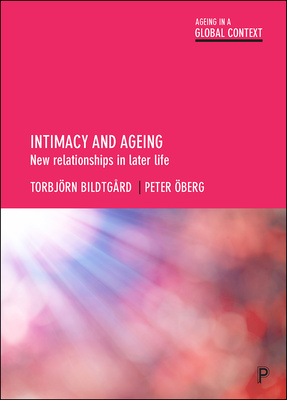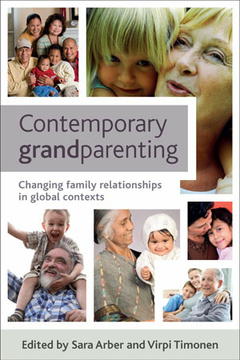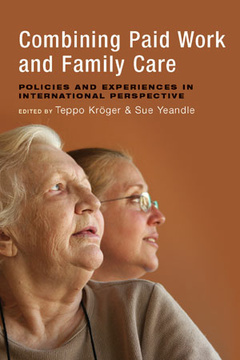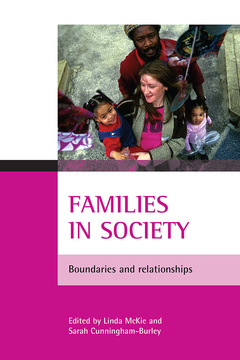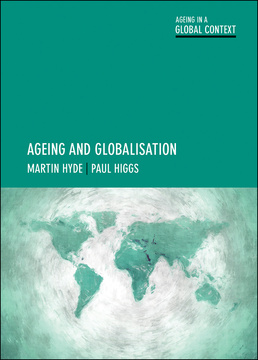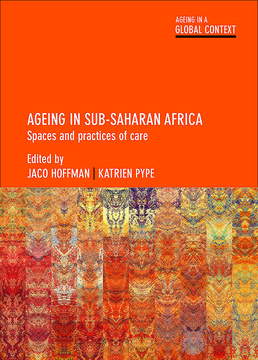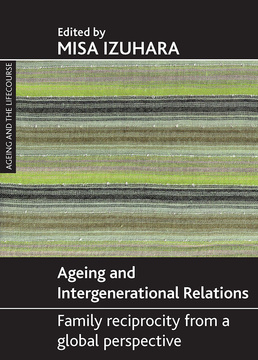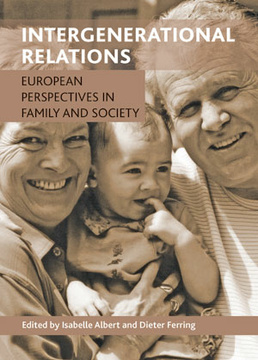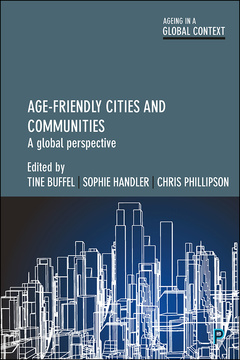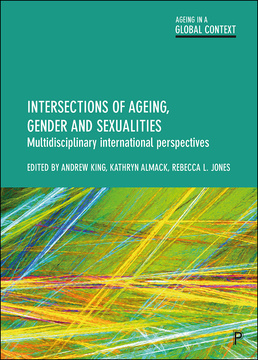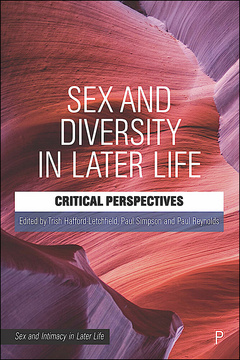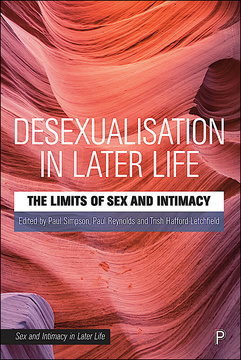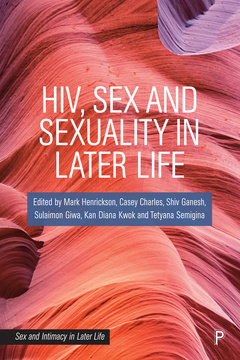ISBN
978-1447326502Dimensions
234 x 156 mmImprint
Policy PressISBN
978-1447326496Dimensions
234 x 156 mmImprint
Policy PressISBN
978-1447326533Imprint
Policy PressISBN
978-1447326540Imprint
Policy PressTo begin new relationships in later life is increasingly common in large parts of the Western world. This timely book addresses the gap in knowledge about late life repartnering and provides a comprehensive map of the changing landscape of late life intimacy.
Part of the Ageing in a Global Context series, the book examines the changing structural conditions of intimacy and ageing in late modernity. How do longer lives, changing norms and new technologies affect older people’s relationship careers, their attitudes to repartnering and in the formation of new relationships? Which forms do these new unions take? What does a new intimate relationship offer older men and women and what are the consequences for social integration? What is the role and meaning of sex?
By introducing a gains-perspective the book challenges stereotypes of old age as a period of loss and decline. It also challenges the image of older people as conservative, and instead presents them as an avant-garde that often experiment with new ways of being together.
"At last, an account of ageing intimacy that blows away stereotypes to engage with the complexities. A must-read for academics and those working with older people." Dr Paul Simpson, Edge Hill University
Torbjörn Bildtgård is Associate Professor in Sociology at Stockholm University, Sweden. Torbjörn has published mainly within two research areas – Food and Meal Studies and Social Gerontology.
Peter Öberg is Professor in Social work, at the Faculty of Health and Occupational Studies, University of Gävle, Sweden. He has devoted his academic career to social gerontology and he is currently Editor in Chief for The International Journal of Ageing and Later Life.
Introduction;
Intimacy and ageing in late modernity;
The changing landscape of intimacy in later life;
From marriage to alternative union forms;
A life of relationships;
Attitudes towards new romantic relationships;
Initiation and development of new romantic relationships;
A new partner as a resource for social support;
Consequences for social network and support structures;
Sex in an ideology of love;
Time as a structuring condition for new intimate relationships in later life;
Discussion;
Methodological Appendix.







